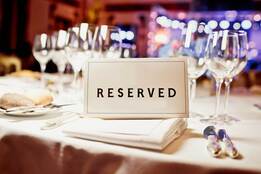 As restaurants continue to look for ways to offer prime experiences to diners while catering to their most frequent visitors, the process of booking a restaurant reservation is beginning to resemble the process of booking a flight – with perks for those willing to pay for a first-class experience. As a recent CNBC report says, the guest management platform SevenRooms is offering restaurants tools such as online ordering, waitlists and reservations, in addition to customer data that restaurants can use to promote enhanced experiences or sell upgrades to certain clientele. That could mean getting first dibs on patio seating at sunset – or simply better access to prime tables at peak dining hours. Participating restaurants are finding that this capability to make reservations more exclusive is giving them some extra ability to accommodate walk-ins and lingering diners, as well as greater assurance that the people who have booked a reservation will honor it. The evolution of restaurant reservations is coinciding with renewed investment in the fine dining space, which is having a post-COVID moment right now. The category is ideally matched for the current need for restaurants to build higher-end experiences into their service – and consumers’ willingness to spend at restaurants if what they are receiving feels special.  More restaurants are taking some of the lessons learned during the pandemic and turning them into permanent efforts to drive revenue through new income streams. Case in point: new subscription offers have been popping up across restaurant categories, whether they be for unlimited coffee and tea from quick-service brands, or meal kits, cocktail kits, CSA boxes or high-end retail food products from fine dining restaurants. These offers can provide restaurants with some income stability and an opportunity to deliver perceived value to guests. Can you put together a subscription that offers value and also entices customers to tack on additional items when they order? 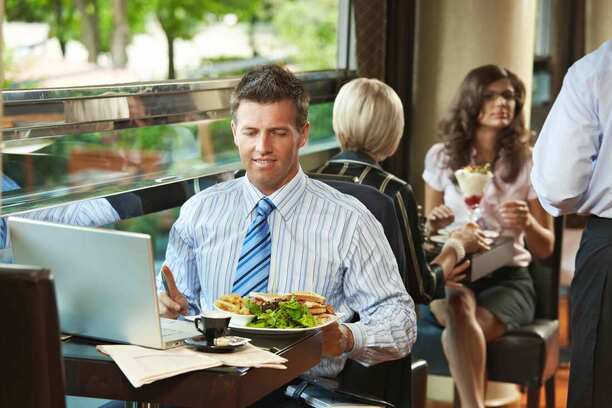 For restaurants trying to generate some income stability in less-than-stable times, subscription services can provide important benefits for restaurant and guest alike. They can offer restaurants some guaranteed income when guest traffic can be down, as well as appeal to guests who are looking for a good value, a little help with weekday meals, or simply a pick-me-up to look forward to at the start of the year. (And while subscriptions aren’t necessarily designed to be offered for purchase and left unused, we all have those subscriptions we sign up for and forget – and the business reaps some extra benefit as a result. Why not restaurants?) Is there room on your menu for some new subscription offers in 2023? If your weekday lunch business has been down, help your guests enjoy a weekly lunch entrée at home or at the office. Offer a warming winter soup and fresh bread combo, an easy-prep meal kit for busy weeknights, or a specialty cocktail or coffee subscription. Your subscriptions need not be for just people dining off-premises, either. You can offer a dine-in subscription that allows guests to plan ahead and look forward to a regular night out, or a monthly event for guests interested in trying the chef’s newest experimental dishes. Finally, at a time when customization is king, take the opportunity to make each subscription more personal – by tapping into your data to account for food preferences or allergies in each order, or by simply including a hand-written note of thanks.  The combined challenges of the pandemic, inflation, supply chain problems and labor shortages have made it clear: To survive and thrive in the years ahead, restaurants will need new ways of operating. The good news, according to the National Restaurant Association’s 2022 State of the Restaurant Industry report, is that two key customer demographics are particularly welcoming of the changes. Specifically, adults born between 1980 and 2003 (Millennials and the older edge of Gen Z), as well as a fair share of Boomers, are embracing the efficiencies that technology is bringing to the ordering, purchasing and collection process, while also demonstrating an open-mindedness about the role restaurants can fulfill in their lives. For example, these consumers see restaurants as meal partners. Even if they’re planning to eat at home, they may still look to restaurants to provide a part of that meal or a kit that makes it easier to prepare their full meal. These customers place high value on takeout – and 94 percent of millennials said they would order a wider array of to-go foods if they were packaged to preserve them better (70 percent are even willing to pay more for upgraded packaging). Millennials and Gen Z, in particular, like alcohol with their order too, giving operators some room for creativity with promotions for higher-margin drinks that customers don’t want to prepare at home. They’re open to buying subscriptions for restaurant meals or opening house accounts that offer a discount for prepayment. Importantly, they also like the efficiency of tech-enabled ordering and payment – and that extends to ordering through virtual assistants. All told, the definition of a “great” restaurant experience is changing – and those changes bring greater efficiencies and possibilities for restaurants, amid the challenges. 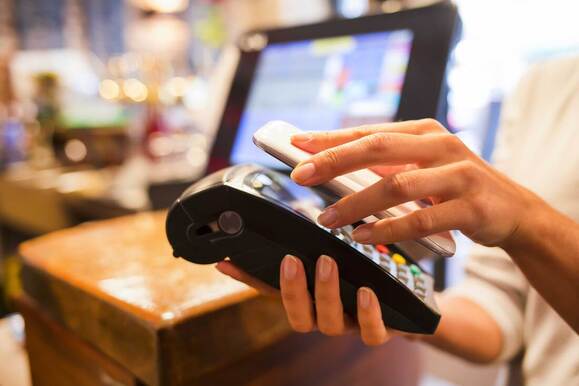 As restaurants look for new ways to boost guest loyalty and ensure steady traffic in 2022, subscription offers have become more commonplace. Brands including Panera, Pret A Manager and Taco Bell have all extended subscription offers to guests – and now Sweetgreen is testing a $10 subscription offer that allows guests to get $3 off their orders within 30 days of their subscription purchase. Forbes reports that the offer is the latest phase of Sweetgreen’s initial loyalty program, launched over five years ago, which rewarded customers with $9 in credit for every $99 they spent in restaurants or on the app -- a program more akin to the punch-card loyalty programs of the past. Subscription offers are worth considering because they may keep a brand more front-of-mind for guests at a time when restaurants need the assurance of steady traffic. Each month, the guest is reminded that there is value in returning to you. At the same time, each of their return visits can yield helpful data that allows your business to craft future offers to that guest – data you would not have if you simply issue a blanket discount after the guest reaches a purchasing threshold not connected to details about their past purchasing behavior. What items on your menu tend to bring customers back? Does your coffee attract people on their morning commute? Does your soup-and-sandwich combo generate reliable lunchtime traffic? Or perhaps there are profitable parts of your menu that you’d like guests to support more steadily. These could all be areas worth testing with a subscription offer. 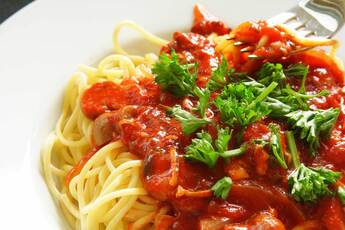 One silver lining of the pandemic for the restaurant industry has been how restaurant operators have shown the ability to creatively reinvent themselves – and well beyond the menu. In addition to creating curbside pickup lanes, working from ad hoc kitchen setups and streamlining the ordering process to improve how food is provided to customers, restaurants have expanded their offerings available for purchase. While operators may not need to go as far as selling toilet paper and other household staples as we emerge from the pandemic, it makes sense for them to think broadly about what they can do to generate new revenue streams – whether from guests visiting in person, those at home or even those who live nowhere near the brick-and-mortar business. Is your restaurant known for a special marinade, salad dressing or sauce? Could it develop one that could be sold on your website, in local stores or in larger wholesale forums? Is there other merchandise you could offer to guests who have made your restaurant part of their summer vacation traditions over the years? Could you offer a subscription for meals, desserts or homemade bread in exchange for unlimited coffee or a free glass of wine when the subscriber purchases a meal from you in person? Could you collaborate with a complementary restaurant or unrelated business to create a series of special offers? Tap into your data about customer preferences to better understand what drives your guests to your business. How can you take your most enticing offerings and ensure you’re generating as much business as you can from them? Remember in the pre-pandemic times when select restaurants were making room for remote workers in their dining rooms during slow periods? The model seems to be making a comeback – and this time the timing could make even more sense for restaurant operators. Opening your doors to remote workers may help you make your real estate footprint more profitable in this transitional period when corporate employers are weighing the pros and cons of maintaining workspaces for employees and restaurant operators are trying to weigh the long-term viability of dining rooms. To make your space remote-worker friendly, first assess and upgrade your tech setup: Make sure you have ample outlets or portable charging stations available, a printer or scanner, and reliable wifi. Configure your furniture setup to accommodate individual workers who may need to sit for long periods or small groups that need to collaborate. Offer a limited menu of hot and cold drinks, small meals and snackable items – remote workers can make for a captive audience for new ideas or restaurant specials you’re testing. Make workspaces available for a subscription so you can generate steady, predictable income from guests – along with new data-driven promotions based on the orders they place in your dining room. (Considering using your dining room for remote workers? As Nation’s Restaurant News reports, WorkChew, Spacious and KettleSpace are among the players in the restaurant-as-workplace space – and could be good places to look when thinking about next steps.)
Do you remember what your marketing plan looked like from last year at this time? Chances are if you reviewed it today, it would look pretty quaint, considering the countless ways operators have had to reinvent business this year. While the development of a vaccine has provided signs of hope for 2021, the winter season will still require operators to rethink the ways they appeal to their customers. Your breakfast and lunch menus may hold some untapped potential here. For many people this winter, dining out in the evening could be a non-starter if eating outside is their only option. At the same time, the pandemic has also changed lunch from being a quick break in the day to a welcome chance to reconnect with colleagues and get out of the house – particularly for the large swaths of people who continue to work from home. How can you rethink your winter promotions to help capitalize on those changes in our habits? Can you draw people out for a hot lunch outside or entice loyal customers with a lunch delivery subscription? Could you offer a special menu of specialty coffees, breakfast burritos or grab-and-go breakfast items a person could collect following their morning run or school drop-off? Even snack times have new potential this year. The increased numbers of people working from home – and experiencing more blurred boundaries between work and life – may result in guests being more open to picking up a late lunch or meeting a friend for a late-afternoon appetizer. How have the habits of your most loyal guests changed this year? Keep them in mind as you plan for what could be another few unpredictable months ahead.
Consumers are willing to pay a subscription fee for everything from podcasts to vitamins to tech gadgets these days. So why not their favorite restaurant? According to research from the Global Banking and Finance Review, 70 percent of business leaders say subscription-based business models will be central to their future prospects – and yet for many businesses across different industries, subscriptions remain an area of untapped potential. When it comes to restaurants, subscriptions for drinks, food and really anything consumers crave may an emerging way for foodservice businesses to monitor loyalty to their brand and build in some longer-term sales security through recurring revenue. Grub Street reports that Panera, for example, which launched a monthly coffee subscription service for $8.99 last winter, is now considering other ideas including a lunch subscription service focused on kids who are learning from home this fall. It’s easy to see why: A parent who has paid for their child’s lunch subscription is more likely to make a point of coming to Panera for lunch – and perhaps ordering a meal of their own. If you have been offering meal kits or dessert boxes or family-style dinner bundles during lockdown, these items could easily convert to subscription-based services that not only give you some advance warning to source the items you need in your inventory, but also help you secure some recurring revenue for the uncertain months ahead.
|
Subscribe to our newsletterArchives
April 2024
Categories
All
|
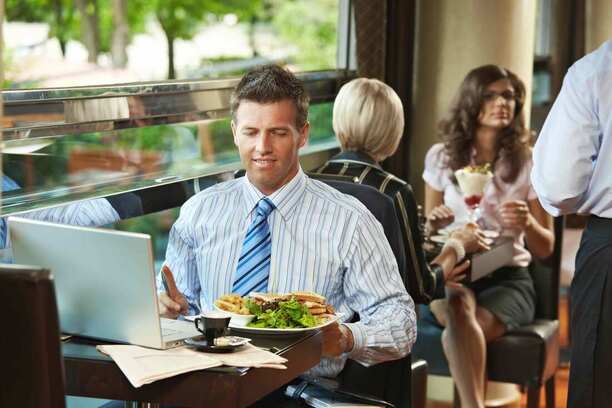
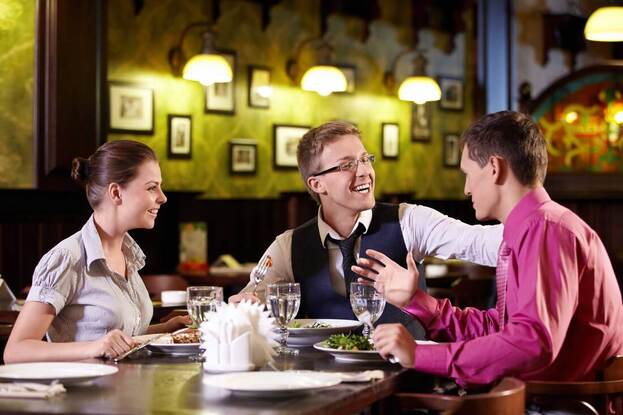
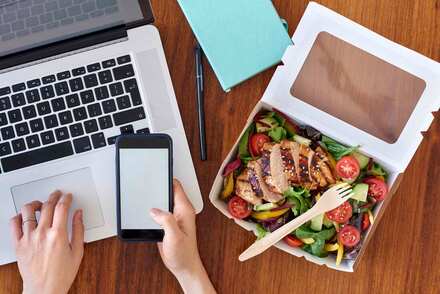

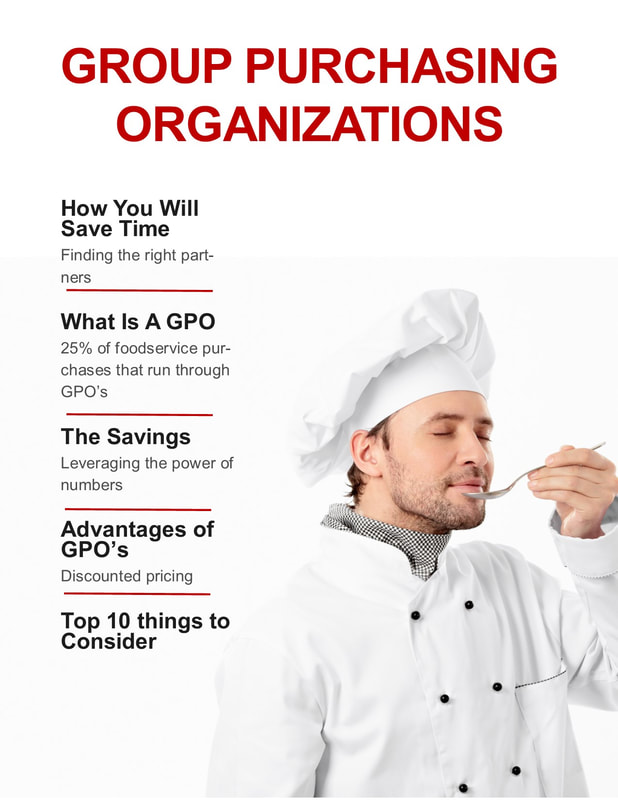

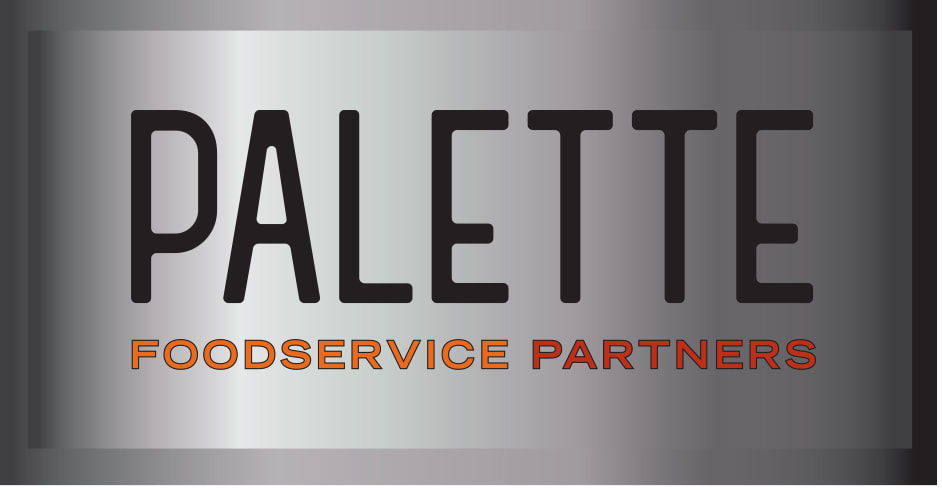
 RSS Feed
RSS Feed